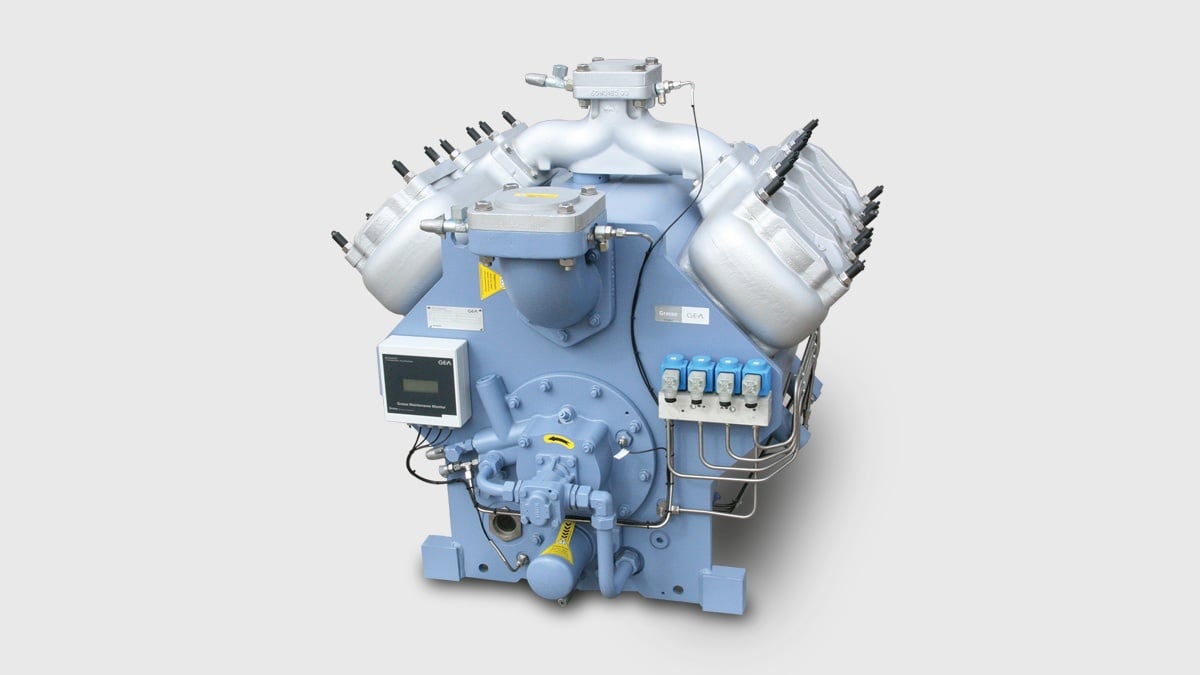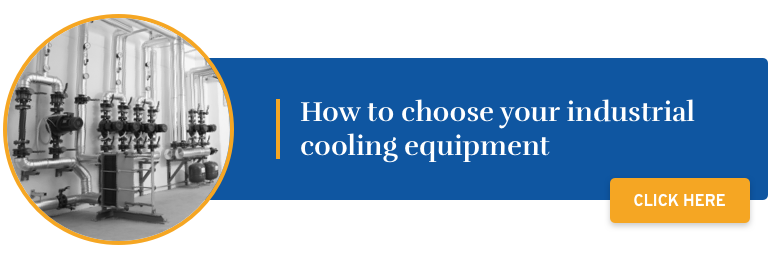The industrial refrigeration market is under constant growth and innovation; therefore, in order to be competitive, it is necessary to be up to date and know all of its components.
Presently and regardless of the type of industry (food, medical, construction, mining, among many others) product manufacturing needs a refrigerating process.
A refrigerating system does not create cold (an impossible thing to do, according to the thermodynamic laws), but rather eliminates the heat of a body and expels it. In order to do so, a refrigerating substance is manipulated; such substance changes constantly from a liquid state to a gaseous state and, in the process, it absorbs and evaporates the heat.
Every refrigerating process has basic sections that work in an infinite cycle:
Compression > condensation > expansion > evaporation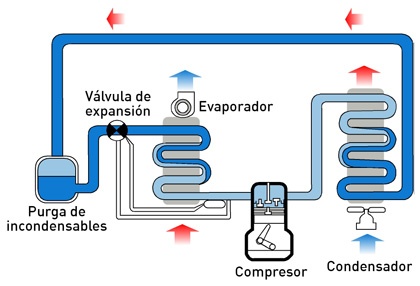
So as to carry out each and every part of the refrigeration cycle, different components and accessories, working jointly, are used. Below is an explanation of how each one of them operates.
1. Compressor
It handles the refrigerant in its gaseous state and compresses it to increase the pressure and temperature. Depending on the type of project, these are some of the compressors most used in the industry:
PISTON COMPRESSORS
These compact, semi-hermetic piston compressors are universal and suitable for many refrigerants.
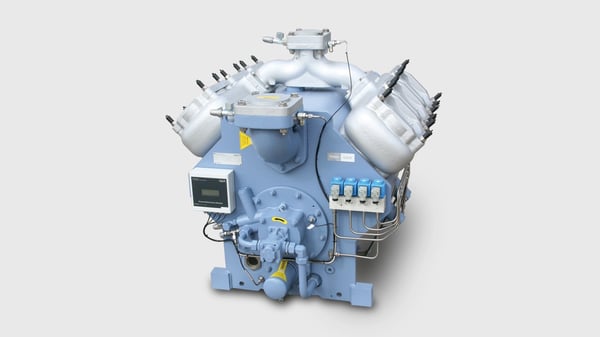
HELICAL SCREW COMPRESSORS
These are compressors for industrial refrigeration and air conditioned. Their technology emphasizes energy saving and energetic and sustainable efficiency.
SCREW COMPRESSORS
Screw compressors are designed for commercial and industrial use; they are suitable for HCFC/CFC refrigerants and offer an efficient power regulation.
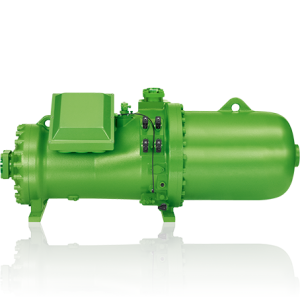
SCROLL COMPRESSORS
These are made by two scrolls in which the refrigerant is compressed: a fixed scroll and an orbiting scroll. The former is united to the compressor’s body. The latter is attached to the crankshaft and orbits instead of rotating. The orbiting movement creates a series of refrigerating gas pockets which move between both scrolls and raise the pressure.
HERMETIC COMPRESSORS
The hermetic compressors are widely accepted and have become a classic within the industry, with their variety of uses for air conditioned systems, heat pumps, and refrigeration.
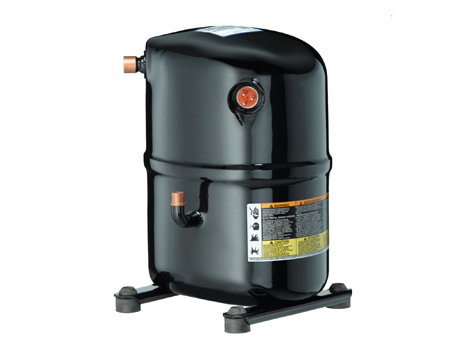
SEMI-HERMETIC COMPRESSORS
These semi- hermetic compressors are made for systems requiring a high temperature performance, even in conditions of low evaporating temperatures up to -4.5°C (-40°F).
MAJOR COMPRESSOR BRANDS IN THE INDUSTRY
Froztec has experts with extensive experience in equipment and technological innovations. That is why we recommend the following compressor brands: GEA, Bitzer, and Copeland-Emerson.
“How do I choose the right compressor for my project?” Read the blog:
>> For non-engineers: Basic points for choosing a compressor <<
2. Condenser
It receives the refrigerant gas with pressure and lowers its temperature to turn it into liquid. Note: When a condenser is accompanied by a ventilating motor and a compressor, we’re talking about a condensing unit.
Depending on the project, its goal, and the industry conditions, there are different types of condensers within industrial refrigeration. The most used ones are:
- Evaporative condenser.
- Remote condenser.
- Condensing units (condenser + ventilating motor + compressor).
The brands that we consider for our projects, due to their quality and technological reputation, are: SPX Cooling Technologies and Krack.
Don’t forget to read >> Refrigeration for non-engineers: Choosing your condensing unit <<
3. Expansion system
It turns the liquid refrigerant into small liquid particles with low pressure (similar to how an atomizer works). Those small particles absorb the ambience heat and evaporate.
The expansion system is mainly made up of valves; it is the equipment that controls the liquid refrigerant flow that enters into the direct expansion evaporator, keeping constant the reheating of refrigerant steam in the evaporator output.
Basically, its mission, in the direct (or dry) expansion equipment, is limited to two functions: controlling the flow of liquid refrigerant entering into the evaporator, and supporting a constant reheating of its output.
There are different types of valves:
THERMAL EXPANSION VALVE
The thermal expansion valve control the flow of liquid refrigerant entering into the direct expansion evaporator, keeping constant the reheating of refrigerant steam in the evaporator output.
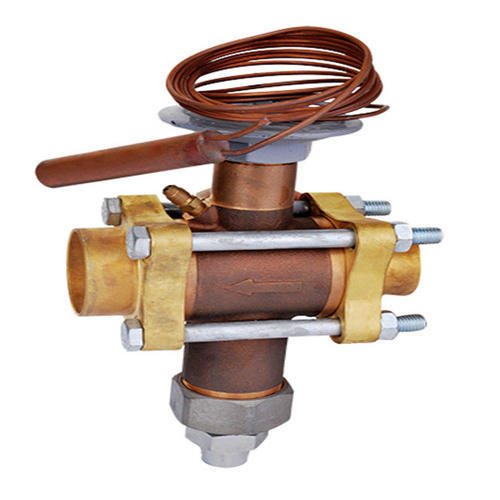
SOLENOID VALVES
The main purpose of an electrically operated solenoid valve is to automatically control the flow of fluids, liquids, or gases.
BALL VALVES
These ball valves control the flow direction and enable the closing, with port configurations that support a broad range of system requirements.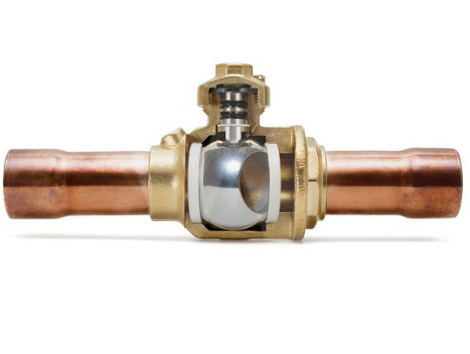
CARTER IN-LINE PRESSURE VALVES
These carter in-line pressure valves are designed to prevent an overload of the compressor’s motor, limiting the carter pressure to a maximum value previously determined, during and after the defrosting cycle or a normal shut-down period.
EVAPORATOR PRESSURE-REGULATING VALVES
These evaporator pressure- regulating valves control the temperature of the evaporator indirectly controlling the evaporator pressure.
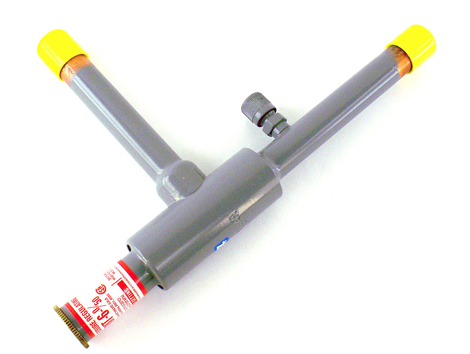
CONDENSER PRESSURE-REGULATING VALVES
These are used for controlling the pressure of systems with condensers cooled by air.
Major brand in the industry: Sporlan
4. Evaporator
The evaporation system absorbs the heat by evaporating the refrigerating liquid.
Whether it is an air conditioned device or a 1-ton equipment, all refrigeration projects have these elements; the only things changing being their sizes, capacities, and shapes.
Evaporators, implemented in all industrial refrigeration systems, vary in size and capacity.
Depending on their use, the right model for the system performance can be defined.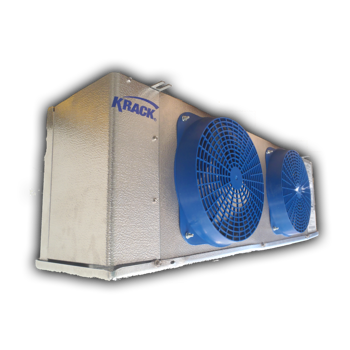
Due to their technology, attention to the care for the environment, and energy consumption efficiency, Krack evaporators are industry leaders.
3.Refrigerant
A refrigerant is a chemical substance whose properties allow it to absorb the heat from a body to another, causing the temperature to lower. There are two kinds:
SYNTHETIC REFRIGERANTS
- Hydrofluorocarbons (HFCs).
- Hydrochlorofluorocarbons (HCFCs).
- Chlorofluorocarbons (CFCs).
NATURAL REFRIGERANTS
Natural refrigerants are alternatives to the synthetic ones since they don’t damage the ozone layer and have a very low Global Warming Potential (GWP). These are some of the natural refrigerants:
- Carbon dioxide.
- Ammoniac.
- Hydrocarbons.
Are you interested in this topic? Be sure to read >> Natural refrigerants categories <<
How can I start quoting prices for refrigeration systems?
There isn’t a specific way to start quoting prices for the right system for your business. Everything starts with the specialized consultancy of a refrigeration expert that will establish communication in order to consider the necessary technical aspects.
However, the engineering process of a project involves the consideration of important elements such as the return of investment, return of net assets, and parametric costs.
Aspects to be evaluated:
ENGINEERING PHASE
This phase delivers the results of the needs assessment and the viability of every project. During its course, the estimated cost is made based on similar projects, depending on the company in charge. The executive project is quoted between 20% and 30% of the total parametric cost.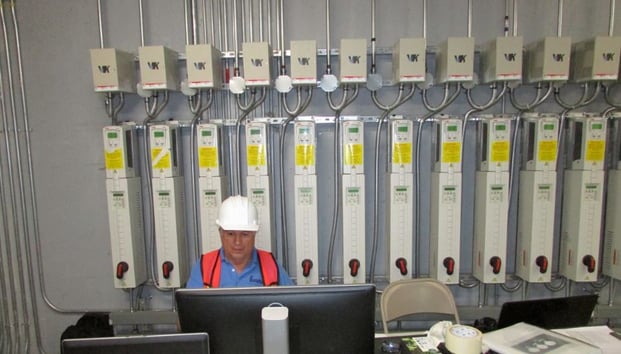
![]()
THERMAL CHARGE LEVEL
Thermal charges are another aspect to be evaluated in an industrial refrigeration system. This study helps us in selecting walls and insulating material that will have an impact in the savings and, though this may imply a greater initial investment, we estimate the long term benefits that generate a lower energetic expense.
LIFE CYCLE OF THE REFRIGERATION SYSTEM
A financial analysis allows us to face strong investments in refrigeration systems. You must take into account the energy cost, as well as the maintenance and environmental impact cost.
The initial cost is determined through the selection of the most efficient equipment, the best materials, and manufacturing methods. You must compare the investment expenses using a preventive and predictive maintenance vs. a corrective maintenance. The expenses generated by both of them vs. the expense of shutting down the equipment should be approximately equal in an optimal situation.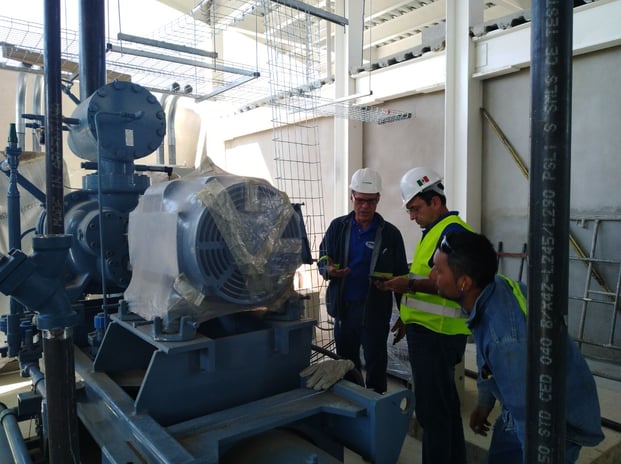
Any doubts? Don’t worry!
In this post we will provide an overview of some of the basic points of the main components and accessories in refrigeration.
In our next blogs, we will enter into specifications for each system, but we must remember that their uses vary depending on each refrigeration project.
Remember that only a refrigeration expert can recommend equipment or systems for your project.
We invite you to follow Froztec blog, where we will learn more about industrial refrigeration systems. If you have any suggestions on a topic you would like us to elaborate, please leave your comments in our social networks.
Related
Discover more related articles
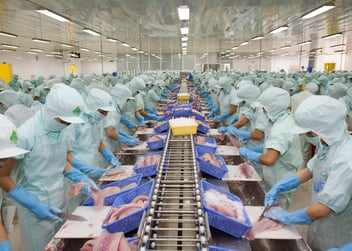
Are you part of the fishing industry? Meet the best equipment for...
To use the best cooling equipment for fish and seafood preservation is a challenge for many businessmen and contractors who search for a...
Read more »
What does a poor control of the relative humidity in the expenses of your...
Trying to maintain the ideal temperature for your industrial processes will be very difficult, if not impossible, if you don’t consider adequate...
Read more »